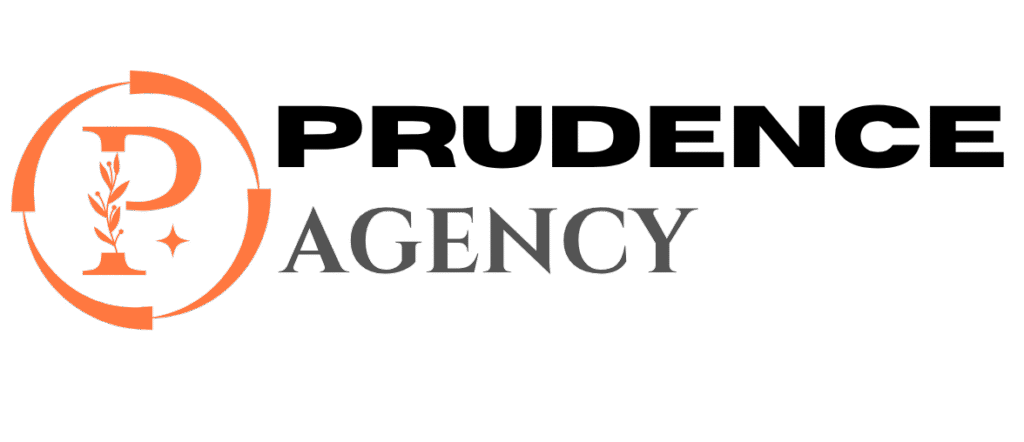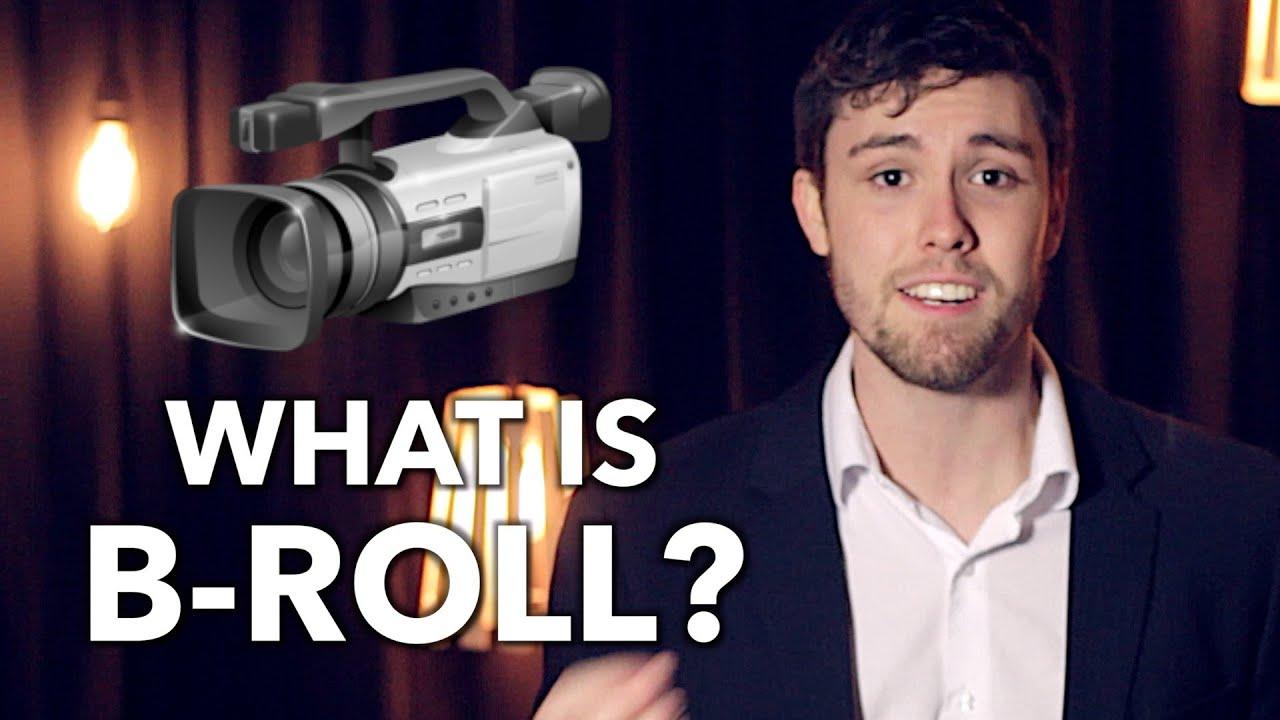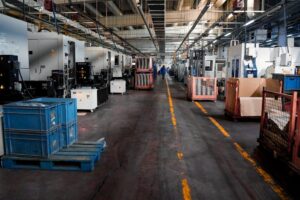Creating B-Roll Footage That Enhances Your Story
In the world of video production, B-Roll footage plays a pivotal role in crafting compelling visual stories. While the main footage captures the core narrative, B-Roll adds depth, context, and emotion – making your story engaging and more dynamic. Whether you’re a seasoned filmmaker, a content creator, or a marketing professional, mastering the art of creating B-Roll footage that enhances your story can elevate your projects tremendously.
What is B-Roll and Why Does It Matter?
B-Roll refers to supplemental or alternative video footage intercut with your primary shots (A-Roll). Traditionally used to cover edits or introduce visual interest, B-Roll today is an essential storytelling tool. It provides context, supports narrative transitions, helps avoid monotony, and visually illustrates points within your story.
Common Uses of B-Roll Footage
- Showing reactions or emotions that complement interview footage
- Providing environmental context or establishing shots
- Visualizing objects, activities, or concepts mentioned in the narrative
- Smoothing transitions between scenes or topics
- Adding cinematic texture through close-ups, movement, or slow motion
Benefits of Creating Effective B-Roll
Integrating well-shot B-Roll footage into your video projects offers several advantages, including:
- Enhanced Storytelling: B-Roll enriches your narrative by showing rather than telling.
- Increased Engagement: It keeps viewers interested with diverse visuals.
- Smoother Edits: Facilitates seamless transitions between scenes or cuts.
- Professionalism: High-quality B-Roll elevates the overall production value.
- Visual Clarification: Helps illustrate abstract or complex ideas.
Practical Tips for Creating B-Roll Footage That Enhances Your Story
1. Plan Your B-Roll Ahead
Before the shoot, identify the story’s key elements and potential visuals that complement your main footage. Create a shot list focusing on locations, objects, people, or activities relevant to your narrative.
2. Use Variety to Maintain Viewer Interest
Incorporate diverse shot types and angles-such as wide establishing shots, medium action shots, and tight close-ups. Change framing and movement styles like pans, tilts, or slow-motion for added texture.
3. Focus on Lighting and Composition
Good lighting enhances visual appeal, while thoughtful composition guides the viewer’s eye. Use natural light, reflectors, or portable lights, and apply the rule of thirds for balanced shots.
4. Match the Mood and Tone
Ensure your B-Roll footage aligns with the overall mood of the story. For example, use soft, warm lighting for heartfelt sequences or stark, high-contrast shots for dramatic moments.
5. Keep B-Roll Relevant and Meaningful
Avoid random or filler clips. Every piece of B-Roll should contribute context or emotion, reinforcing the core message.
6. Capture Natural Sound or Use Ambient Audio
Complement your visual B-Roll with ambient sounds for immersive storytelling. This also helps during sound design in post-production.
Case Study: How B-Roll Transformed a Non-Profit Video
A non-profit organization aiming to boost donations used only interview footage initially, which felt static. By integrating B-Roll shots of community activities, smiling faces, and local landscapes, they increased viewer engagement and emotional connection by 40%. The added context from B-Roll painted a vivid picture of the organization’s impact.
Example Shot List for Effective B-Roll
| Shot Type | Description | Story Purpose |
|---|---|---|
| Establishing Shot | Wide exterior of location | Sets scene and context |
| Close-Up | Hands performing task | Adds detail and intimacy |
| Reaction Shot | Subject’s facial expression | Conveys emotion |
| Cutaway | Relevant object or activity | Supports narrative points |
| Slow Pan | Moving across a scene | Builds atmosphere |
Common Mistakes to Avoid When Shooting B-Roll
- Ignoring Story Relevance: Shooting generic clips that don’t support the message.
- Poor Lighting: Dark or overexposed footage that distracts viewers.
- Lack of Variety: Too many similar shots causing viewer fatigue.
- Shaky Footage: Neglecting stabilization can reduce professionalism.
- Overusing Effects: Excessive slow motion or zooms that feel gimmicky.
Firsthand Experience: Elevating My Documentary with Thoughtful B-Roll
When I worked on a documentary about urban gardening, I initially relied heavily on interviews. The narrative struggled without visual context. By filming detailed B-Roll – close-ups of hands planting seeds, time-lapses of plants growing, community gatherings – the story found its heartbeat. These shots bridged gaps, illustrated points, and emotionally engaged the audience. The documentary’s reception improved dramatically, underscoring the power of intentional B-Roll.
Conclusion: The Art of Storytelling Through B-Roll
Creating B-Roll footage that genuinely enhances your story is both an art and a strategic process. By thoughtfully planning, shooting with intention, and ensuring every frame adds value, you transform your video from a straightforward narrative into an immersive experience. Remember, B-Roll is not just filler-it’s your visual storyteller’s ally. Embrace it to captivate your audience and bring your stories to life.
Ready to elevate your videos? Start crafting your B-Roll strategy today and watch your storytelling soar!











